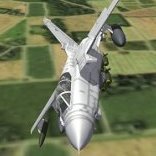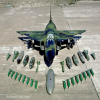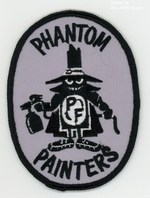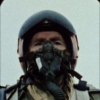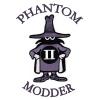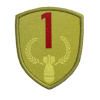Hi Heck, yes I remember reading that too - that over-compressed engines would overheat and cause cylinder damage, also damage of other components, if run at full throttle below about 1000m alt. It also depends on the fuel type used (as extensively debated over on TheAerodrome...I printed out that whole debate...makes for a nice, small book ). Fuel was low octane in WWI (octane ratings weren't even applied until after the mid-1920s I think)...ranging anywhere from about 50 octane to 70-72 octane for the "cleaner" stuff that was hard to come by, particularly for the Germans after supplies began to run short in 1918.
Such fuel burns differently than high-octane stuff and would increase the temp. dangerously on over-compressed engines, at full throttle, below recommended alt. This is likely what the Entente found when testing such engines - since the Entente was using fairly low-compression, low-octane fuel. The Germans added benzole (synthetic additive, not benzine although they sound similar) to their fuels from about late 1917/ early '18, improving hp output of over-compression engines, and possibly not overheating as much if max. throttle had to be used below recommended alt. in emergency settings - although sources vary on this.
Using high-octane, modern airplane fuel in such an engine might give different results, or the engine would just cut out if recommended throttle settings at low alt. were bypassed.
Can't remember reading when 100-150 octane fuel became available, probably during WWII, although aero-engine technology by then was different and would utilize high-octane stuff efficiently. I'm theorizing here but it's possible that the best fuel for over-compressed WWI engines is what the Germans were using, fairly low-octane ("low burning") stuff with a synthetic additive thrown in to improve hp output, probably better than clean fuel with no additives for that kind of engine. The low-compression engines worked perfectly fine on the low-octane fuel, on the other hand. The Germans also had summer and winter mixtures of benzole/fuel, with more benzole thrown in for winter use, something like 60/40 for winter, and 30/70 or 40/60 for summer (less benzole in the summer I think).
Von S


